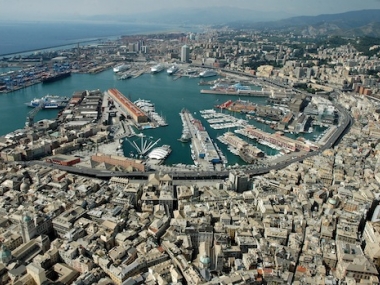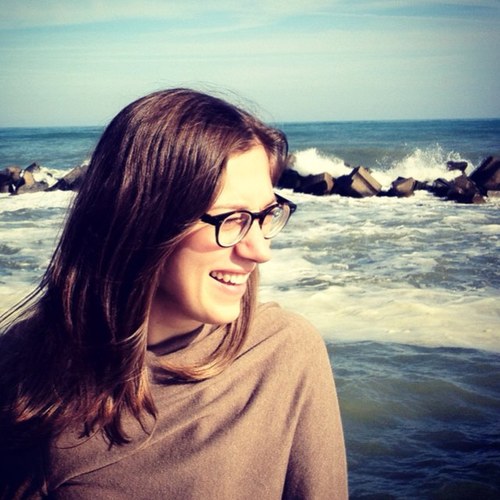Genova’s Old Port contributing to Genova’s global image strategy
Edited on
09 October 2017

Collaboration among creative artists, businesses, the local press and other city bodies has been the distinguishing feature in the action undertaken by Genova, Italy within the scope of CityLogo. This project culminated in March with the presentation of the winning logo during a competition of logo ideas. This was also at the centre of many interesting collaboration initiatives with other Italian cities, including Bologna, which have recently taken the path of defining their new city logo.
More than a hundred shops, theatres and restaurants display the logo which is not just a nice complement to gadgets to be sold to tourists but a key factor in the urban re-launch strategy. This was the result of the collaboration among the various local participants.
Alberto Cappato, general manager of the Old Port, recounted in the CityLogo workshop held in Zaragoza (SP) how new collaboration with the local authority has been developing in recent years. The Old Port acts as a symbol of the urban re-launch, which may also exert leverage on a broader restructuring of the local economy.

How is the Old Port contributing towards Genova’s global image strategy?
From an industrial city of the past, Genova has had to find a new vocation and it has done that thanks to the old port. The Old Port has been a winning operation that has allowed Genova to assert itself on the international scene as a tourist destination. The city has managed to expand in this aspect due to its own artistic and cultural heritage.
The port initially functioned as a place of attraction but in recent years it has been continuing to grow thanks to the congress centre and the Aquarium which is still drawing tourists in. We should not forget that only last year €30 million were invested for the new dolphin tank in Genova Aquarium, which is owned by the Old Port and managed by a private operator. In this sense, the Old Port represents one of the city’s strong points. So not only are major events held there but it also has a constant cultural programme that’s renowned for tourists and residents.
After 20 years of running the Expo, it can be said that the old port is part of the city. Initially, the Genovese had seen it as something to be discarded; they were not used to such large spaces and such a large pedestrian area. While today I can say that the city centre has actually moved more towards this area. It is a place where tourists go but it is not an enclave of tourists but a place that is also heavily frequented by the Genovese.
How can these actions be linked to an integrated and visible urban strategy?
This is the real challenge because the cities must know where they want to go and this is not always very clear and evident. The plan on how Genova will be in 10, 15 or 20 years time is an effort currently being undertaken by the Authorities. This has had its difficulties because cities with ports have a continuous conflict in city-port relations since their requirements are different. The old port area is no longer a problem for city relations because the structure and the needs of the modern port industry ensure that those areas are no longer used for the commercial port. It is not always easy at first but this may be the turning point that may also help the port to present itself differently on the international scene.
Article by Simone D'Antonio by Cittalia
Photo credits - Genova Città Digitale, Comune di Genova
Read more:
CityLogo – URBACT network
Genoa and the European cities between city branding and urban marketing — Article by Simona D’Antonio by Cittalia
 Submitted by Simina Lazar on
Submitted by Simina Lazar on




